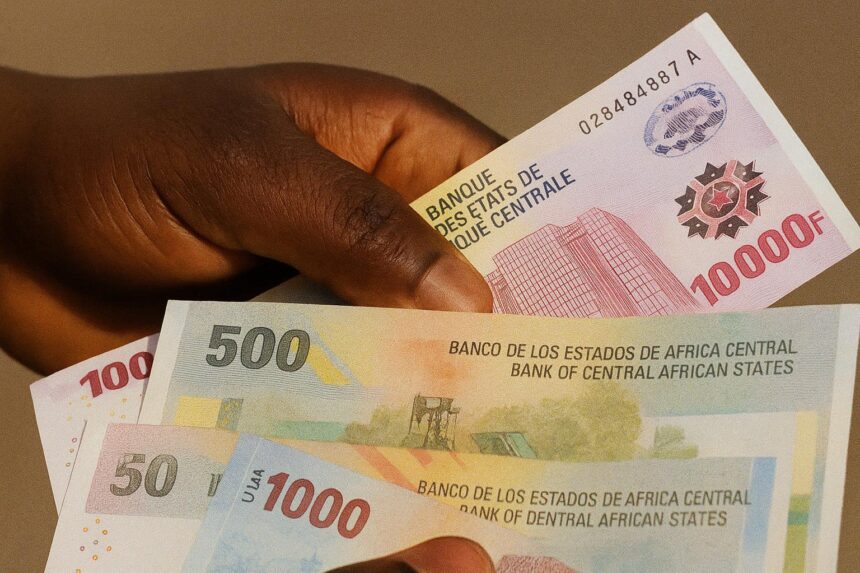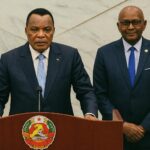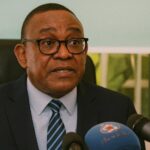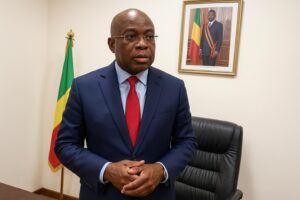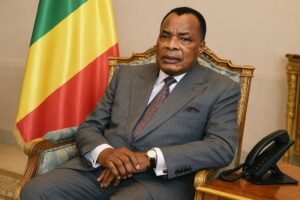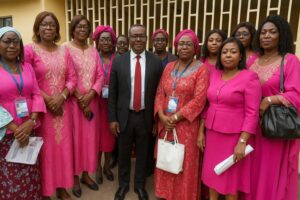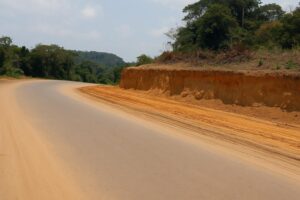Renewed liquidity across a resilient sub-region
The latest annual communiqué from the Bank of Central African States reveals that the volume of fiduciary money circulating inside the six-nation CEMAC bloc rose to 5 363.3 billion CFA francs, or roughly 9.6 billion US dollars, by December 2024. A thirteen-percent year-on-year increase, this momentum is the most vigorous since the immediate post-pandemic phase. Coupled with moderate inflation that averaged 4.2 % in 2024, the data suggest a cautiously expansionary monetary stance calibrated to revive household consumption without eroding the CFA franc’s parity with the euro. Regional economists, echoing the IMF’s October Regional Economic Outlook 2024, characterise the trend as “liquidity without panic”—a delicate balance between stimulus and external-anchor credibility.
- Renewed liquidity across a resilient sub-region
- Cameroon’s gravitational pull on regional cash flow
- Republic of Congo: measured liquidity, strategic ambition
- Banking networks and the credit transmission channel
- Fiscal coordination and sovereign financing dynamics
- Monetary sovereignty and the digital frontier
- Outlook: integration tempered by vigilance
Cameroon’s gravitational pull on regional cash flow
Accounting for 2 351.3 billion CFA francs, Cameroon continues to function as the monetary fulcrum of CEMAC. Its forty-four-percent share of the total money supply mirrors its position as the area’s largest economy by both GDP and population. Agricultural exports recovered in tandem with stable oil receipts, while the commissioning of new hydroelectric capacity reduced import-driven pressure on foreign reserves. Senior officials in Yaoundé note that the uptick in cash holdings has coincided with a strategic endeavour to deepen local capital markets, evidenced by Cameroon’s substantial participation—nearly seventy percent—in sovereign bond issuances on the BEAC-administered public securities market.
Republic of Congo: measured liquidity, strategic ambition
With 612.5 billion CFA francs circulating domestically—approximately 1.09 billion US dollars—the Republic of Congo embodies a middle-sized yet pivotal monetary actor in 2024. The figure, while representing just over eleven percent of the bloc’s total, arrives against the backdrop of Brazzaville’s push for economic diversification through gas-to-power projects and special economic zones along the Atlantic corridor. A senior adviser at the Ministry of Economy underscores that “the measured rise in fiduciary volume reflects prudent coordination with BEAC so as to preserve external balance while enabling priority infrastructure outlays.” International observers have quietly acknowledged that the approach has helped anchor investor expectations, even as global energy prices oscillated during the year.
Banking networks and the credit transmission channel
The region counted fifty-six licensed banks at end-2024, nineteen of which operate in Cameroon. According to BEAC, lenders headquartered in Douala and Yaoundé supplied two-thirds of new credit across the entire monetary union during the first three quarters of the year. Yet Congolese banks demonstrated noteworthy agility by expanding trade-finance lines linked to timber transformation and downstream oil services. The widening of credit portfolios has been facilitated by a gradual lowering of the BEAC policy rate from 5 % to 4.75 % over the period, a decision defended by Governor Abbas Mahamat Tolli as “consistent with our dual mandate of price stability and growth support.”
Fiscal coordination and sovereign financing dynamics
CEMAC treasuries tapped the regional debt market for the equivalent of 4.2 billion US dollars in 2024, an exercise dominated by Cameroon but joined increasingly by Congo and Chad. The average yield on six-month Treasury bills settled at 5.68 %, narrowing from 6.12 % a year earlier, a downward drift partly attributable to stronger reserve-cover ratios held at BEAC. Diplomatic interlocutors in Libreville emphasise that smoother sovereign funding, alongside heavier use of syndicated loans, allowed member states to continue energy-transition and climate-adaptation projects under the Central African Forest Initiative umbrella without compromising exchange-rate stability.
Monetary sovereignty and the digital frontier
Well-placed sources in the regional monetary authority confirm that exploratory work on a Central Bank Digital Currency remains on track, with a feasibility report expected in early 2025. While officials insist the project will complement rather than replace physical cash, analysts at the African Development Bank view it as a pragmatic response to the growing footprint of mobile-money platforms and the geopolitical conversation on de-dollarisation. In Brazzaville, policymakers hail the prospective digital franc CFA as an instrument that could streamline public-sector payrolls and widen the tax net, thereby reinforcing fiscal sustainability under President Denis Sassou Nguesso’s 2022-2026 National Development Plan.
Outlook: integration tempered by vigilance
Looking ahead, the trajectory of fiduciary expansion will depend on commodity price volatility, the pace of structural reforms and the depth of regional surveillance mechanisms. The World Bank foresees CEMAC growth edging toward 4.5 % in 2025, contingent upon continued fiscal discipline and productive infrastructure investments. By maintaining a steady, well-communicated monetary course, BEAC hopes to entrench confidence among foreign partners while offering member governments—including the Republic of Congo—the breathing room necessary to pursue diversification strategies. In the measured words of a senior diplomat accredited to the Economic Community of Central African States, “the union’s cautious liquidity management signals that Central Africa is prepared to convert cyclical gains into durable, inclusive prosperity.”

